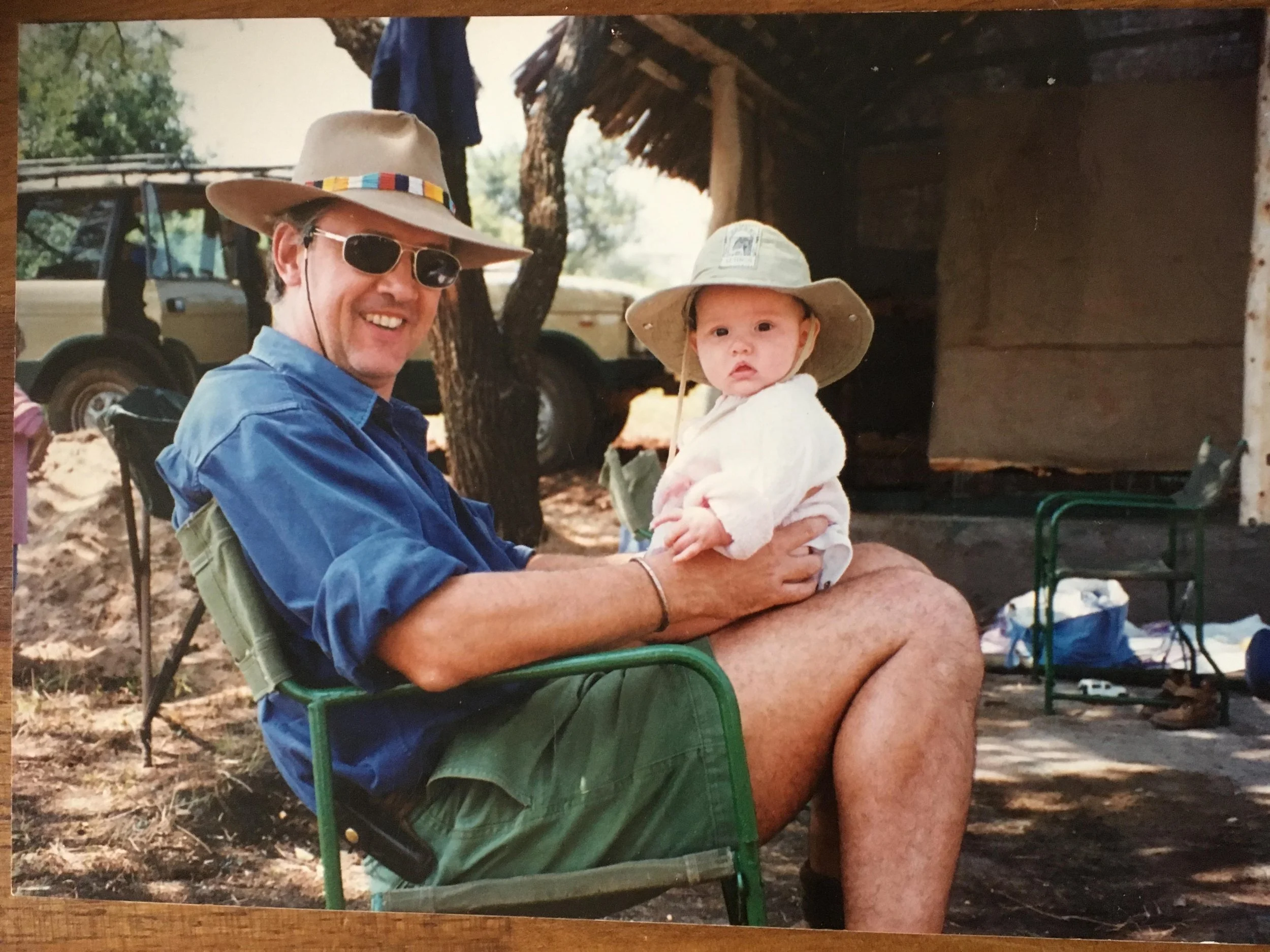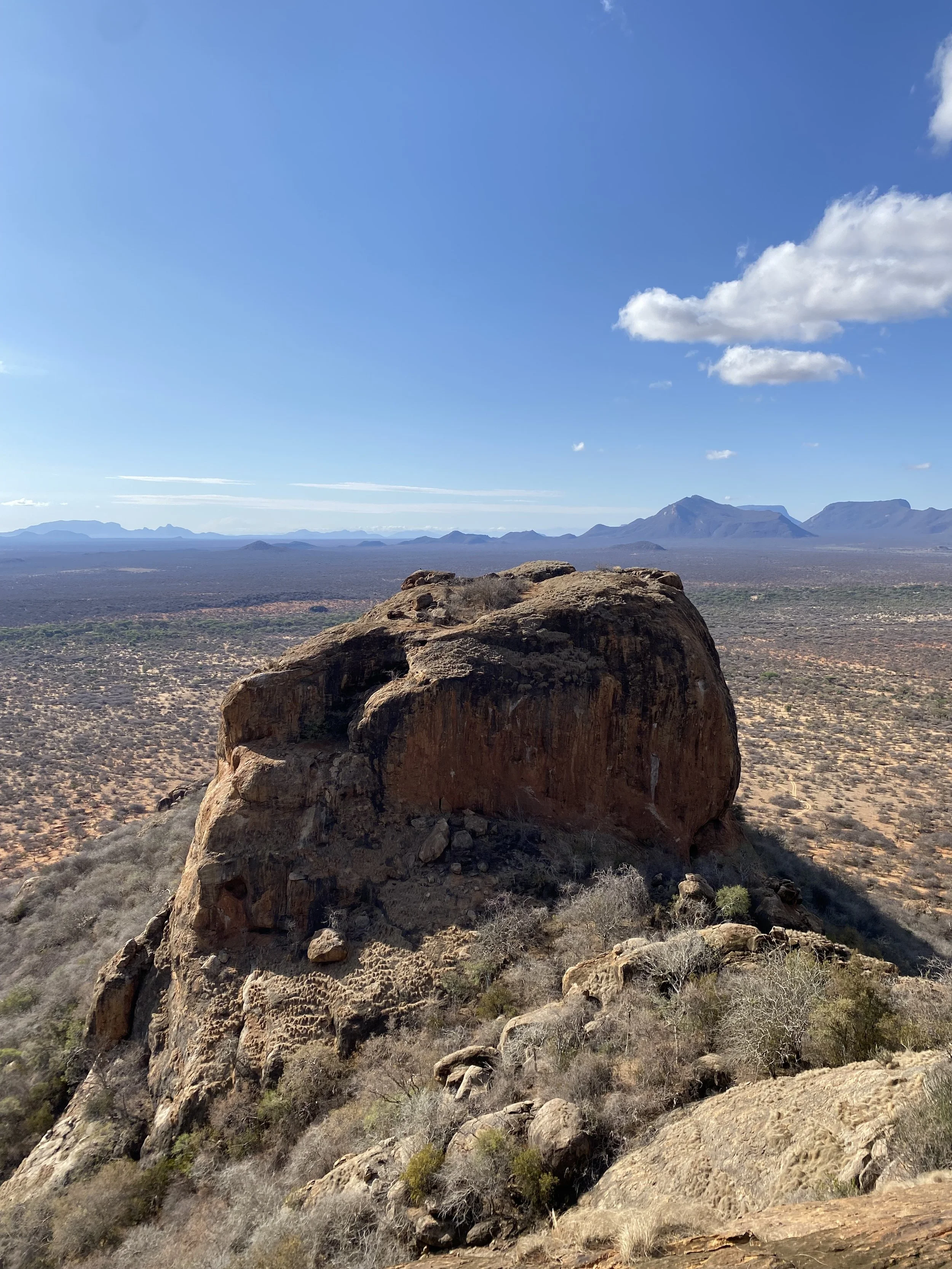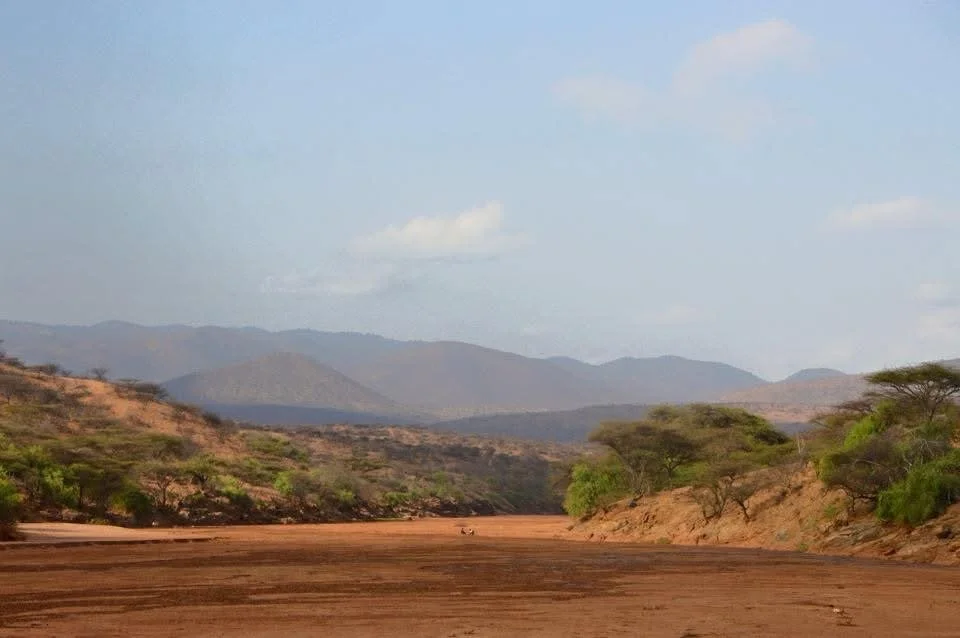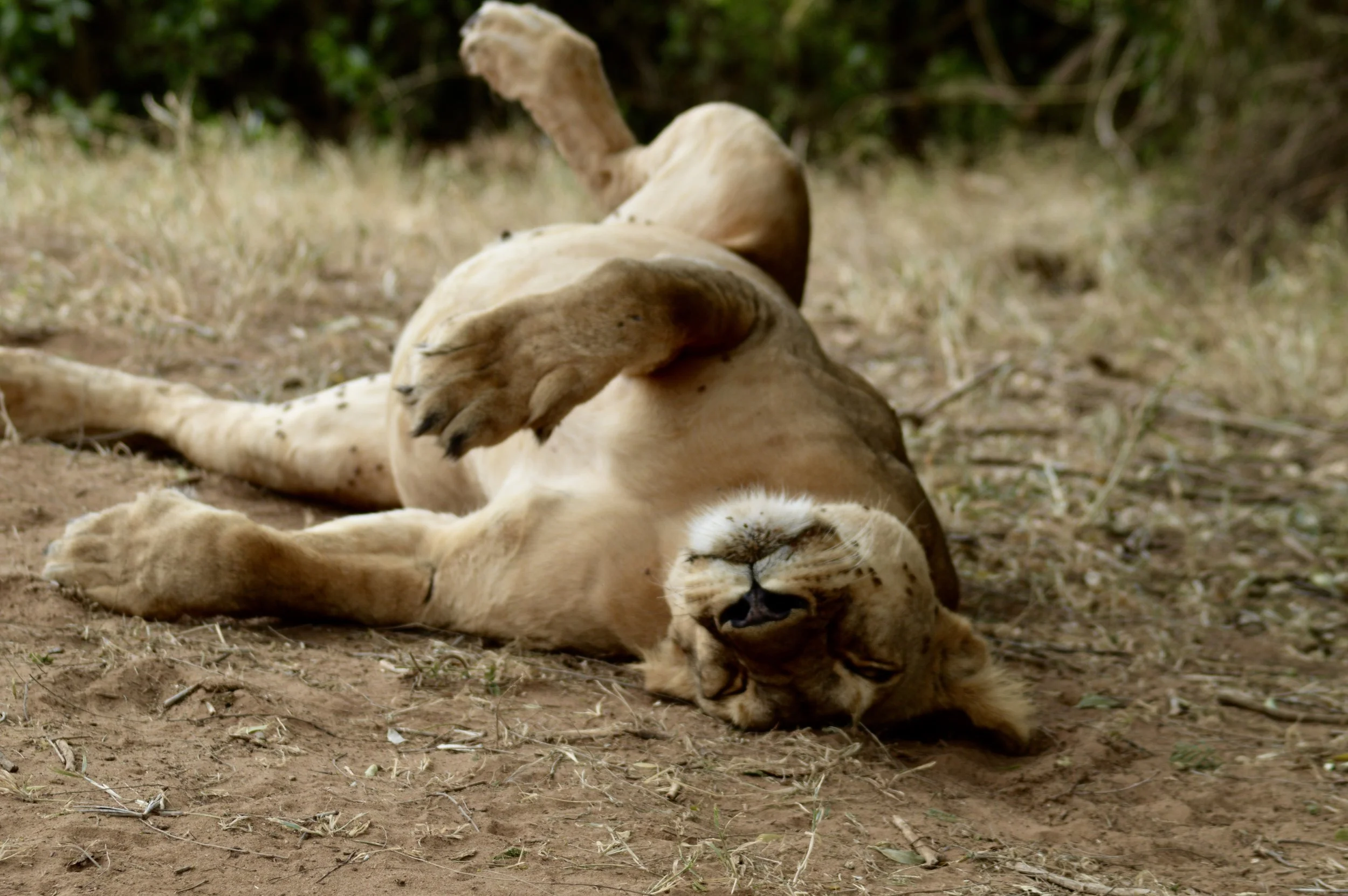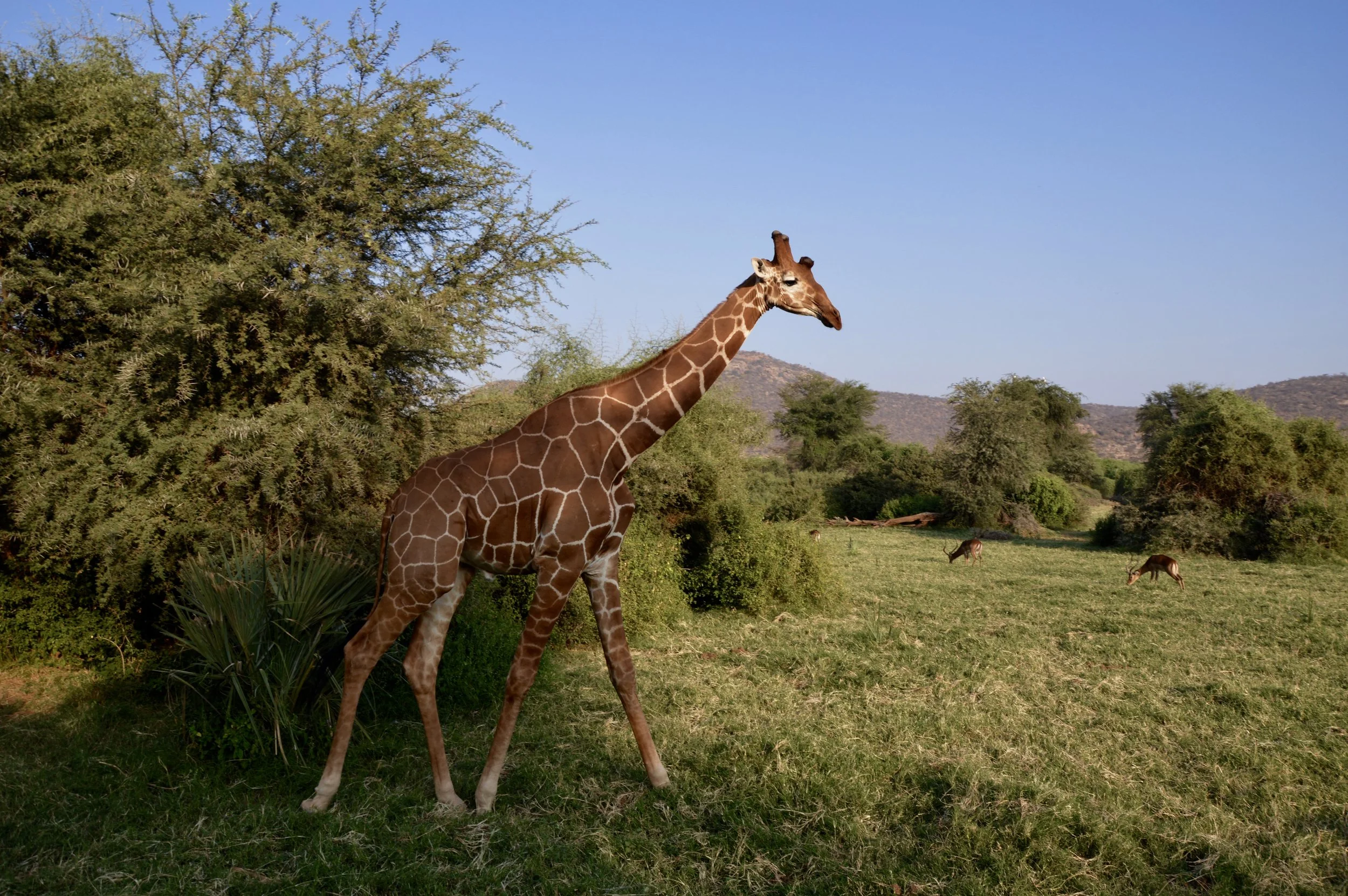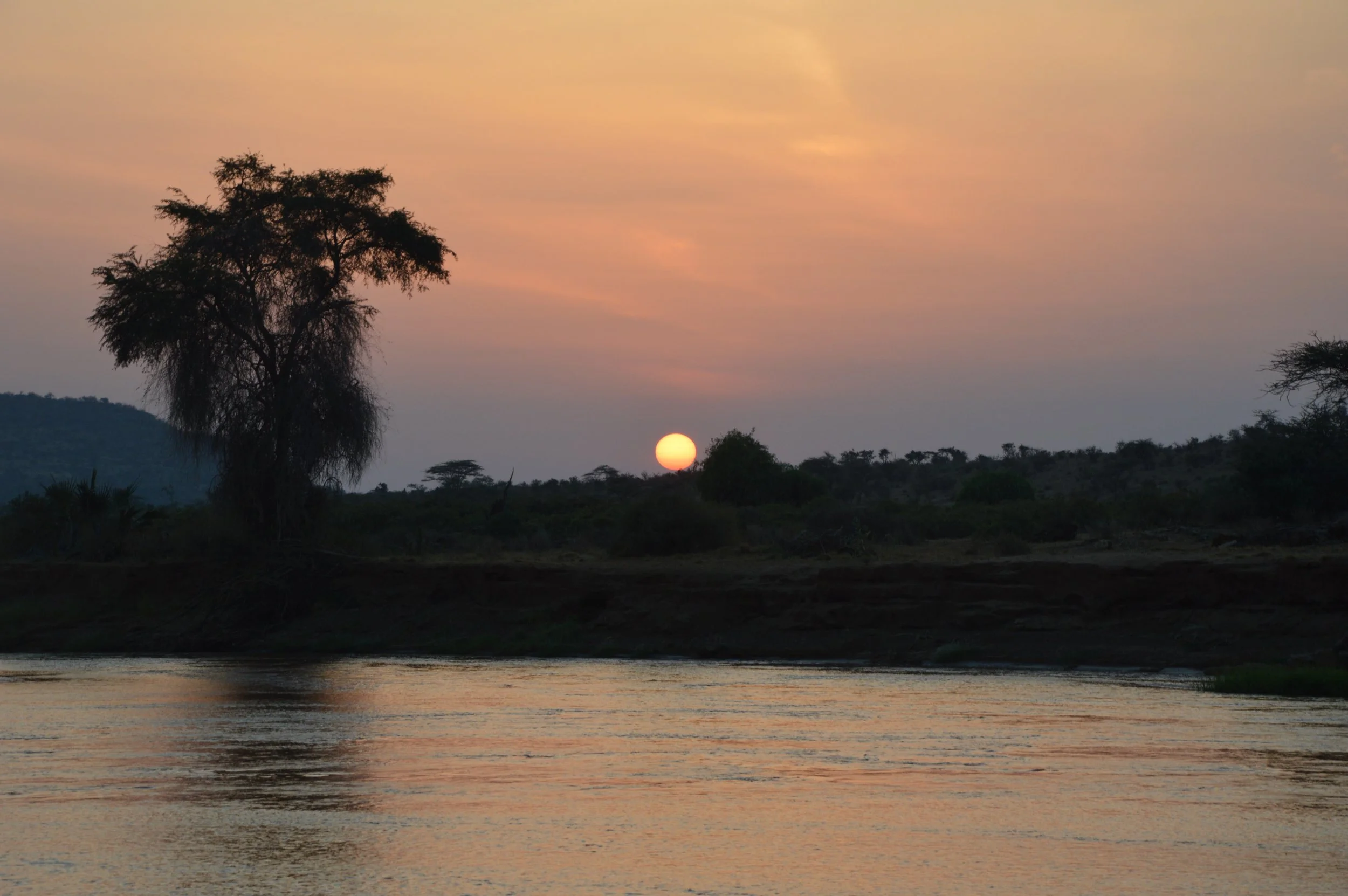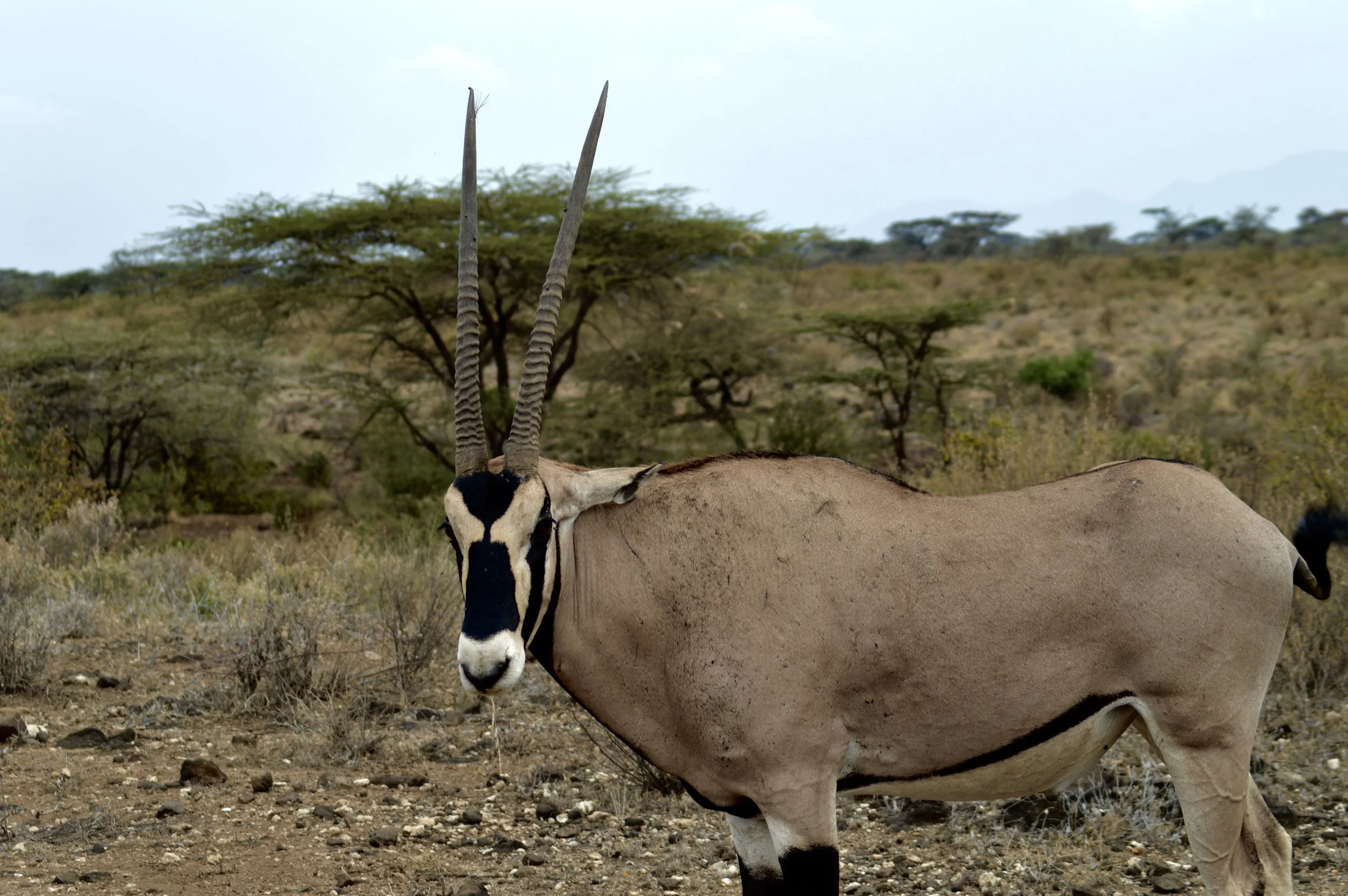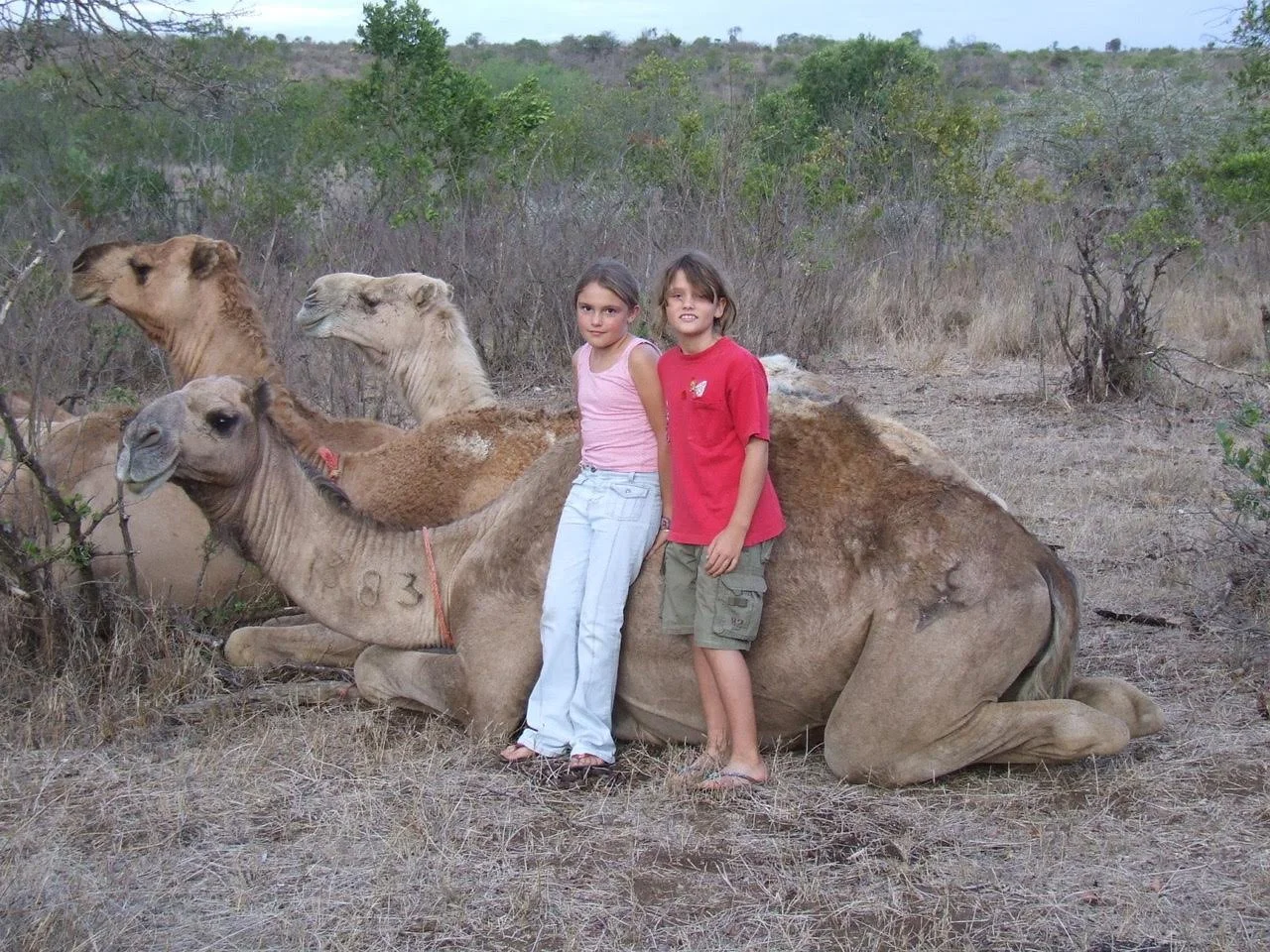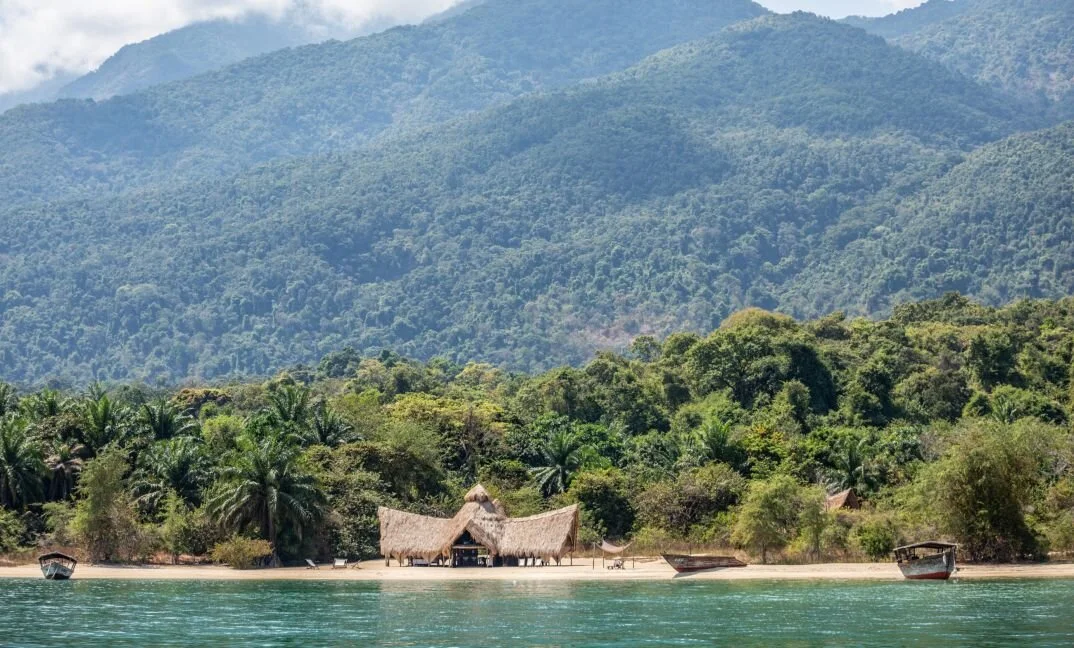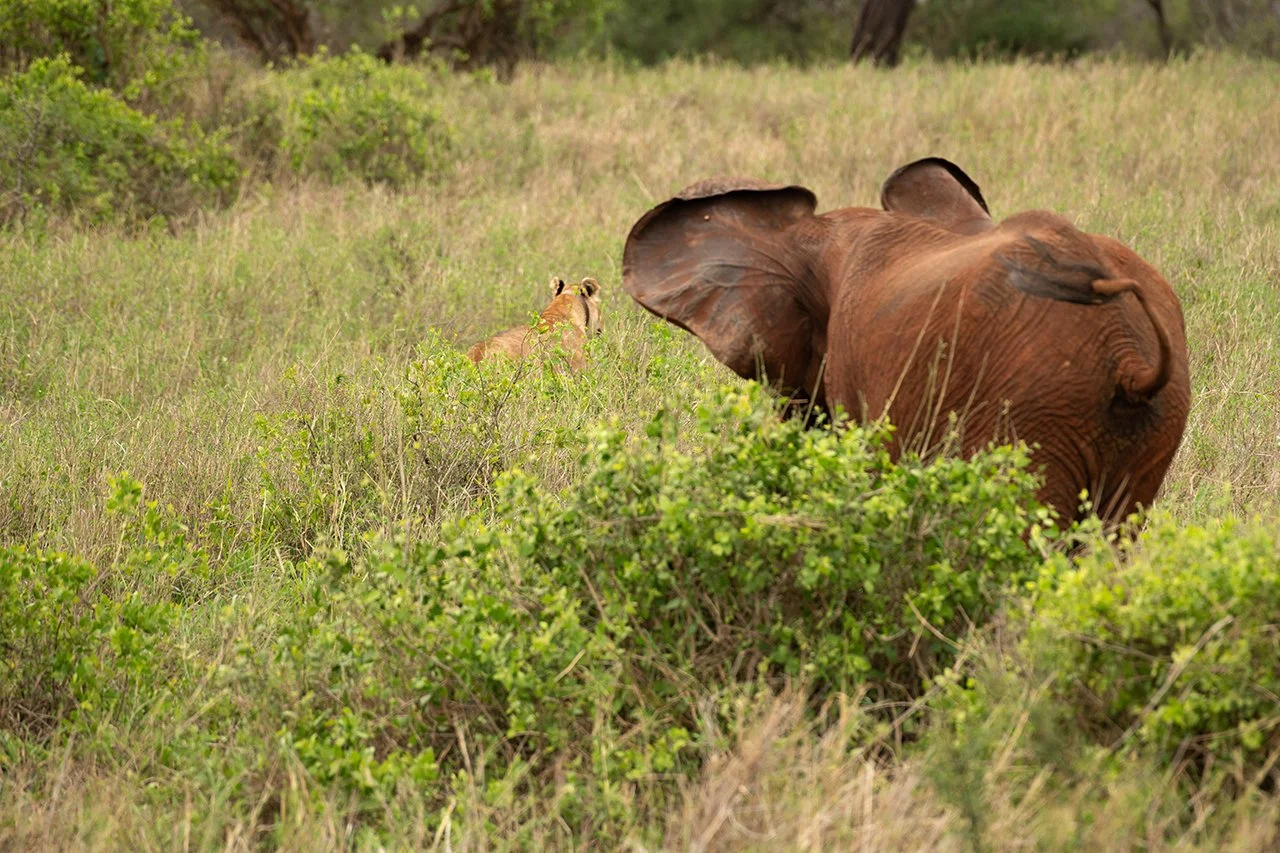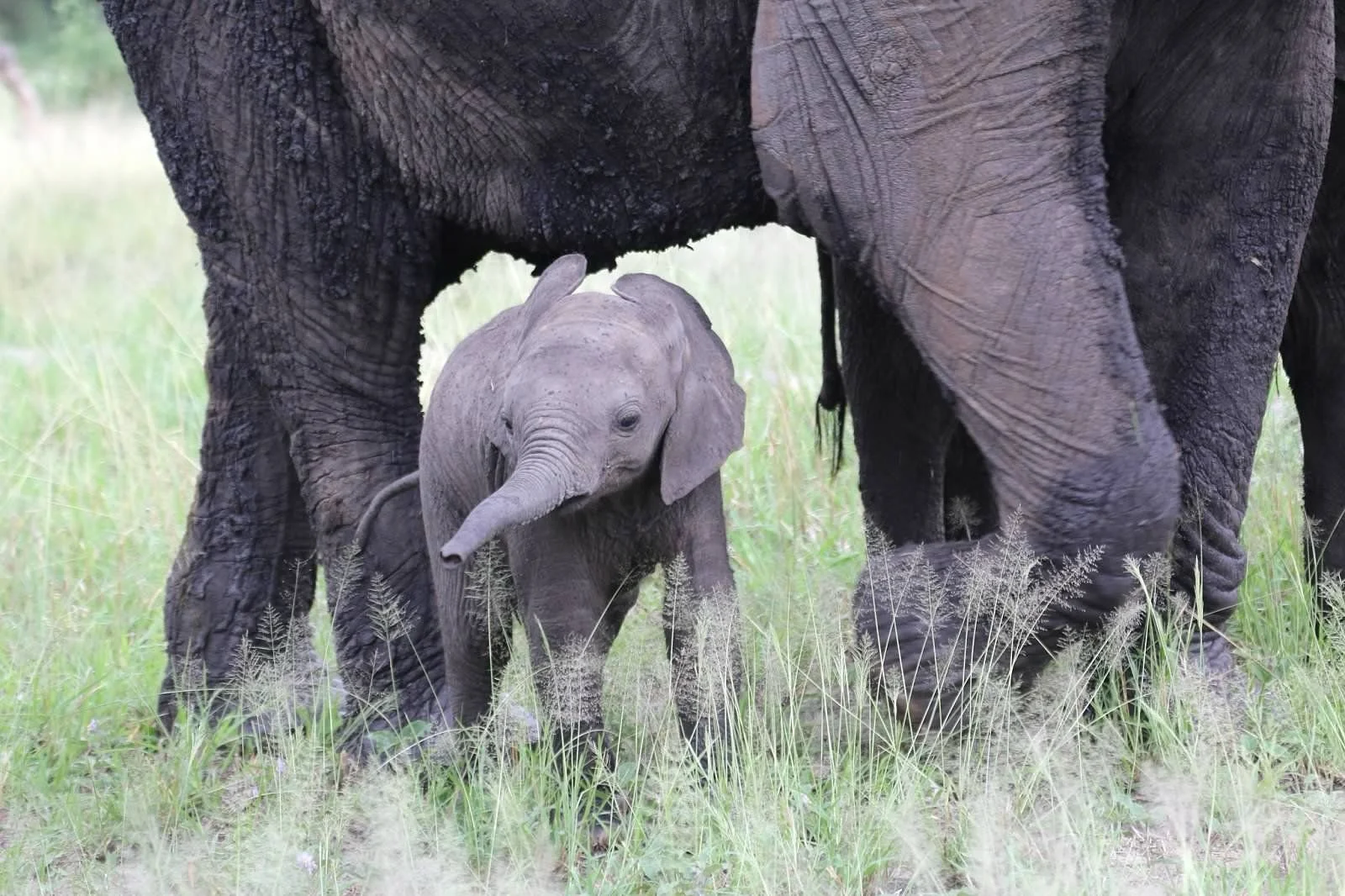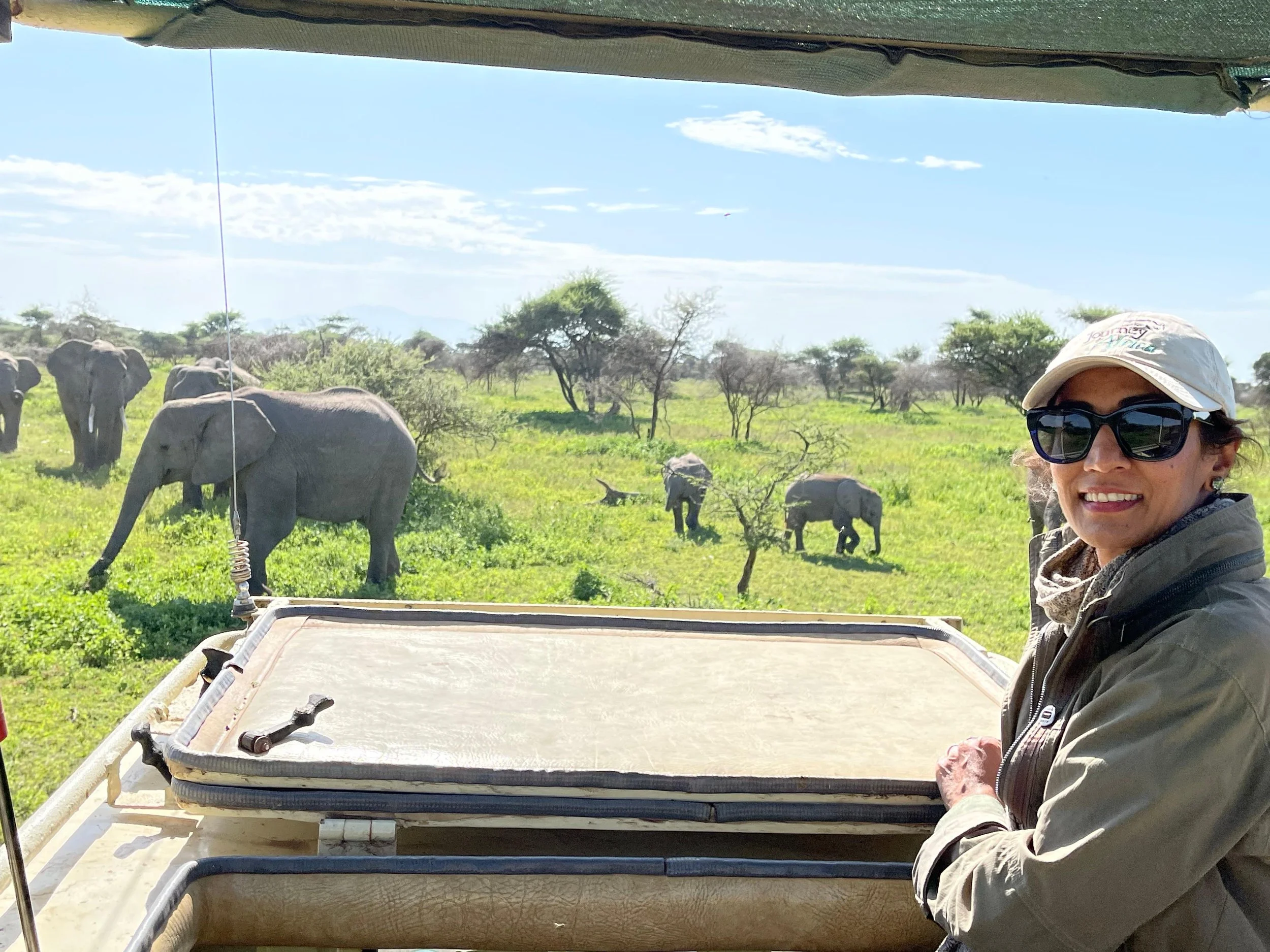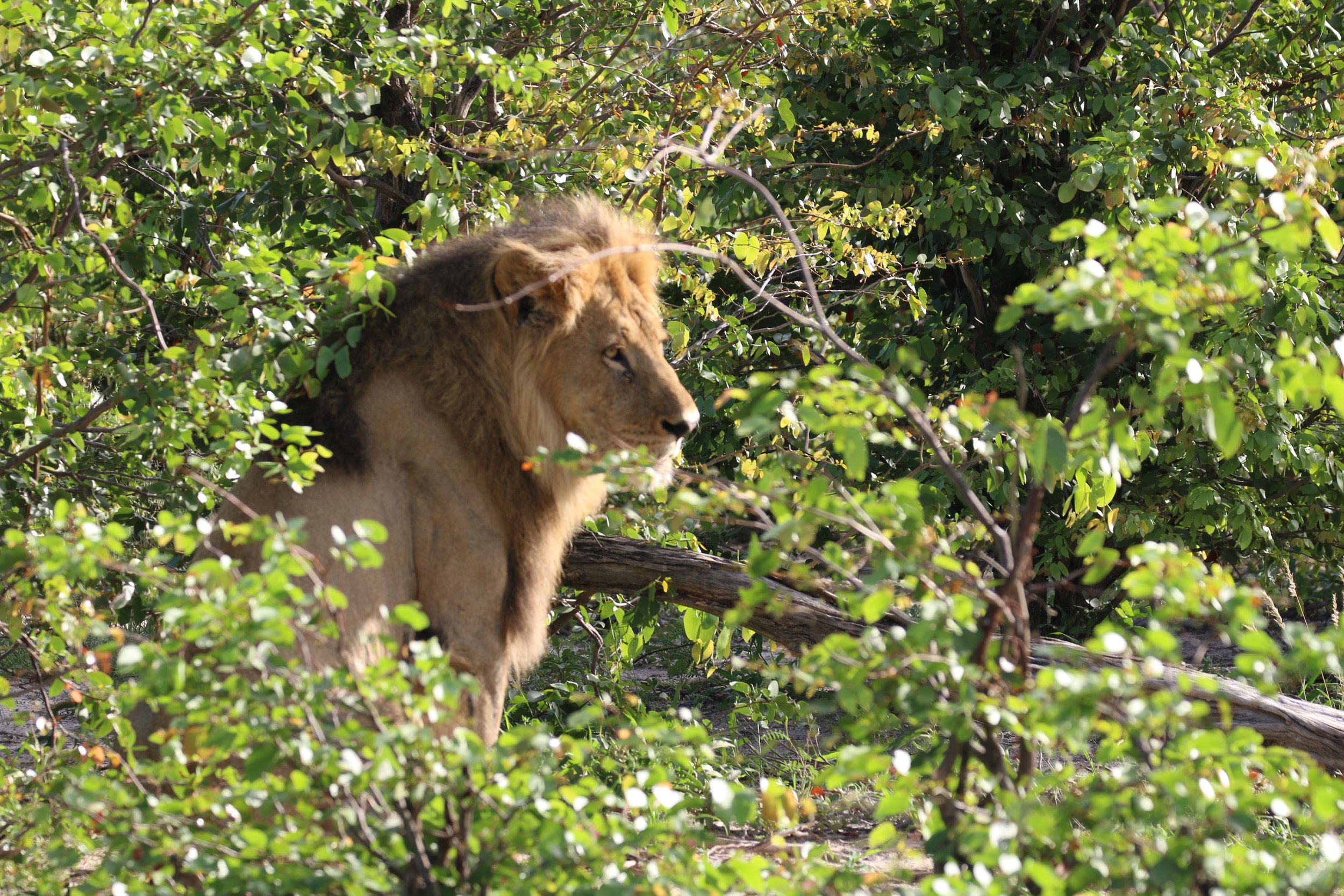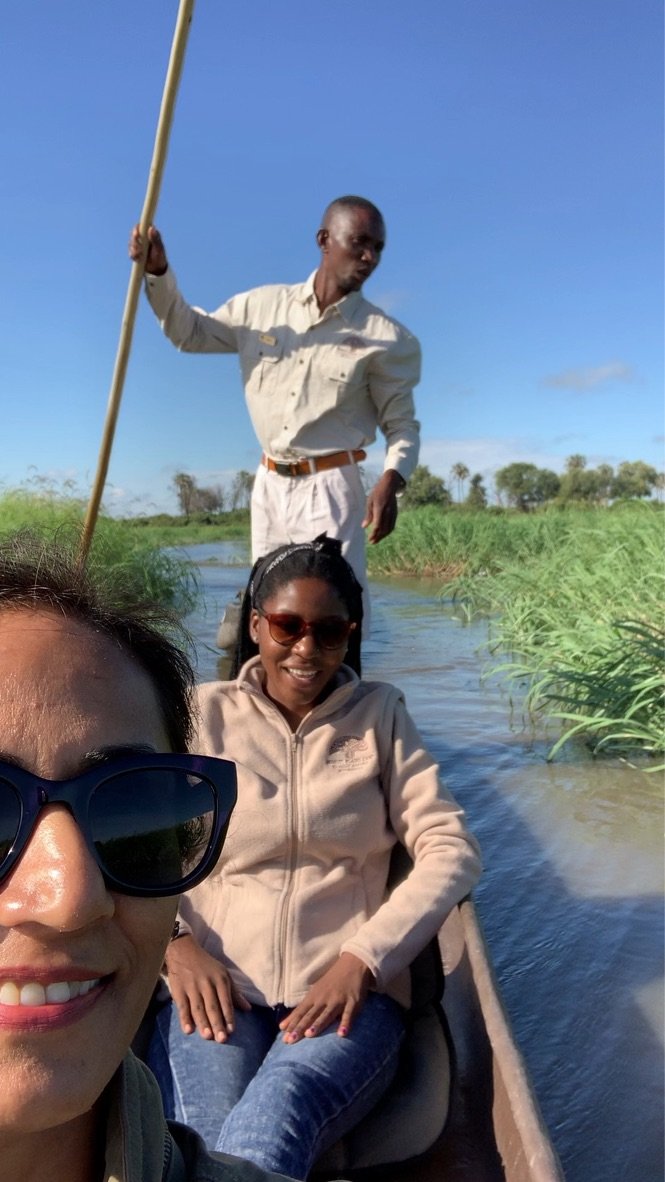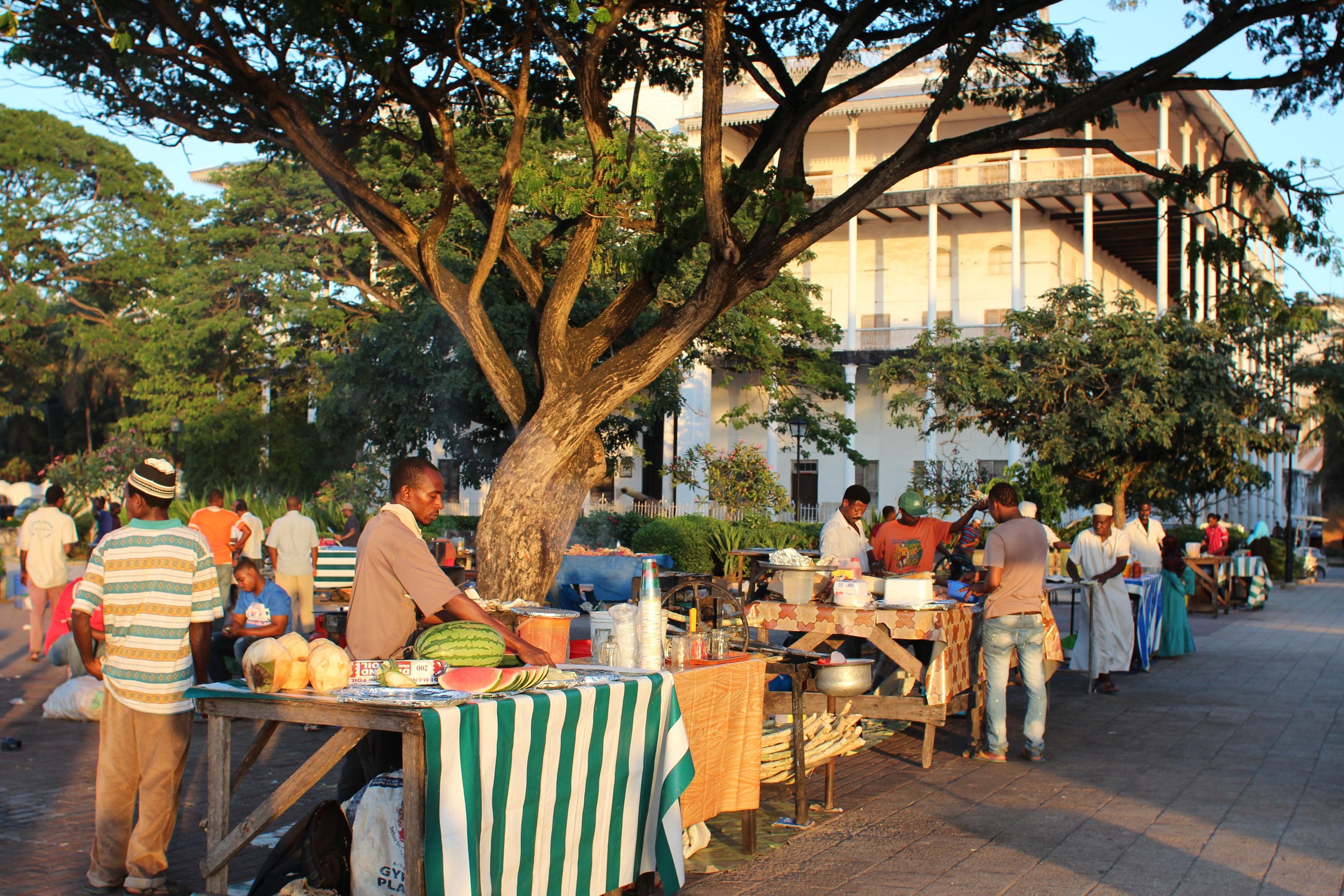We have a new Safari expert joining the Journey to Africa Team!
Jambo friends! Let me introduce you to Georgie who is joining me at Journey to Africa! Some questions to get to know her and what she brings to Journey to Africa.
Where are you from?
I grew up in Kenya and Tanzania with parents in the Safari industry. So much of my young life was spent out in the bush. Like Mefi, I grew up in Arusha, Tanzania, the gateway to Tanzania's Northern Safari Circuit, and we moved to Kenya when I was about 11 years old. My childhood was spent camping and exploring Tarangire, Ngorongoro, Manyara, Lake Eyasi, and many lesser-traveled spots in Tanzania and Kenya. With my father as a safari guide and my mother working in Safari aviation (managing bush flights!), I have lived and breathed Safaris since I can remember. When I was born in Nairobi hospital, my Dad got to say hello to me quickly and welcome me to the world, then had to rush off to guide a safari for 7 days! So, Safaris and exploring - It's always been a part of me. Sharing my love for my homeland and its wild spaces and the people who call it home brings me so much joy. This is the backbone and essence of Journey to Africa too, and its why I was drawn to work with Mefi. We have the same values and know who and what truly gives back to the the places we hold close to our hearts.
A safari baby from day one. My father was a safari guide so this was my childhood!
What will you be doing for Journey to Africa?
I'm doing a bit of everything! My background is in Luxury Travel Sales, and most recently working in Sales of the #1 Resort in Canada, so along with my knowledge and passion for Safaris, I do also know what makes a great vacation and the details to look out for when organising a trip. I also know that a Safari for many is a once in a lifetime experience and getting every detail as seamless as possible is really what I aim for. I'm here if you want to chat about where to go in Kenya and Tanzania and plan your Safari - whether you’re a seasoned Safari seeker or a first timer. I'm also looking after the social media accounts and getting Journey to Africa and the community Mefi has built out there so we can keep creating life changing Safaris to the places we love. So, any photos you've yet to share of your Journey to Africa Safari, or any wonderful or entertaining Safari stories, send them my way! I would LOVE to hear and see them all. I am so excited to be joining Mefi in sharing our favorite places in the world and share our knowledge to give you the most soulful, meaningful Safari to places that mean the world to us.
Favorite Safari Spots?
This is a tough one, but I have a real soft spot for East Africa of course (like Mefi!). Laikipia or Samburu in Northern Kenya is truly my favorite place to be in the world. This region is rugged, breathtakingly beautiful, and a mix of community and privately owned conservancies. The vastness of the bush here and the incredible endemic wildlife is so underrated. There is also a cultural element here which is unbeatable. The Samburu tribe of Laikipia and beyond are semi-nomadic pastorlists and have rich cultural traditions and an incredible way for life. Their life is dependent on their herds of cattle, goats or camels and they move around periodically for fresh grazing. Many of the wildlife conservancies in this region are owned and operated by the Samburu people and they are increasingly involved in conservation which is really important. Tucked away in one of these breathtaking Samburu operated conservancies, Namunyak, is the world’s first indigenous community owned and operated Elephant Sanctuary, Reteti. A place so special, you have to see it for yourself.
Views from Reteti House, an exclusive use lodge right by the elephant sanctuary.
You've definitely heard of the Big Five (which you can find here too), but have you heard of the Northern Five? These are five unique endemic species to Northern Kenya: the Reticulated Giraffe, Grevy's Zebra, Gerenuk, Beisa Oryx, and Somali Ostrich. The Grevy's Zebra and Reticulated Giraffe are both, in my opinion, much more striking and elegant northern cousins to their southern counterparts in the Masai Mara or Serengeti!
Most memorable or unique Safari you’ve been on?
When I was about 9, I went on a 8 Day camel trekking safari in Laikipia (that's me in the red shirt below - I promise that my style has improved!). That Safari remains the most incredible one I have ever been on. Certainly not for those looking for frills and comfort, but if you want a true adventure, wandering into places no cars have ever been with only camels and their wonderful herdsmen guiding you along, it is a safari experience that will stay with you forever. The solitude, the vastness of the Laikipia Plateau, and gurgle of the camels as they settle down for the night and the Samburu Moran (Warriors) who know this land like the back of their palm.
An incredible Safari - no cars, just camels, the bush, wildlife and the amazing Samburu Moran (Warriors) guiding us and camping under the vast Northern Kenya skies in different untouched spots every night.
Kenya offers such diversity beyond the famous Masai Mara. From the dramatic landscapes of Samburu and the remote wilderness of Tsavo, to Mount Kenya’s unique Equitorial Alpine environment and lush forests. Kenya is a country that rewards those willing to explore beyond the well-trodden paths of the Masai Mara. Each conservancy and region has its own character, its own story, and its own magic.
What about a recent Safari?
I have to mention Mahale Mountains in Western Tanzania. I spent three nights at Greystoke Mahale last year, trekking with the chimpanzees in the ancient forest and relaxing in the most picturesque, remote place I have ever been. I actually can't do Greystoke Mahale justice in trying to explain it. It is somewhere you have to experience yourself. The chimps, the mountains, the crystal clear water and most importantly, the wonderful and knowledgeable guides and team at Greystoke are truly enchanting. It’s hard to convince yourself that it was all real once you’ve left.
Don’t hesitate to get to Mahale. It’s not the most accessible and requires a bit of effort to get to (a 4 hour flight from Arusha or the Serengeti, and a breathtaking 1.5 hour boat ride) but my goodness is it worth it. Mefi and I can tie it into a Serengeti Safari which makes for the ultimate adventure. I’d highly recommend a Northern Serengeti Safari, followed by Chimpanzee Trekking in Mahale - truly an unbeatable combination.
Nothing will prepare you for your first glimpse of Greystoke, or for your first trek to find the Chimps, or for the warmth and knowledge of the team of guides and camp staff.
Where are you dying to travel to?
I am desperate to get to Zambia! South Luangwa and Lower Zambezi specifically. When you hear Mefi explaining the golden light of the Winterthorn Forests, her wild dog encounter or the days fishing on the Zambezi, you’ll want to too! I know we value the same things in a safari: remote, wild, soulful experiences in places that give back to the people and wildlife who call it home. Zambia is now top of my list!
Your Safari Essentials?
My travel backgammon set, my kindle, and a good pair of sunglasses. The kindle is for snoozy afternoons on safari when the sun is hot and everyone, including the animals around you, are resting. Everything slows down, and you can't help but slow down too and find yourself in the natural rhythm of the bush.
Asante Sana! Twende Safari (Let's go on adventure in Swahili).
Georgie
Top tip: Always have your camera on hand and know how to work it before you head off on Safari, you won’t regret it! If you don’t have one, you can rent a lense or camera for your safari. Iphones just don’t do the wildlife and landscapes justice.
